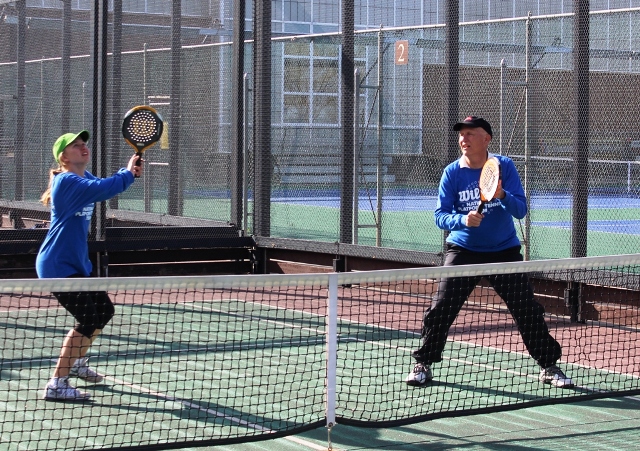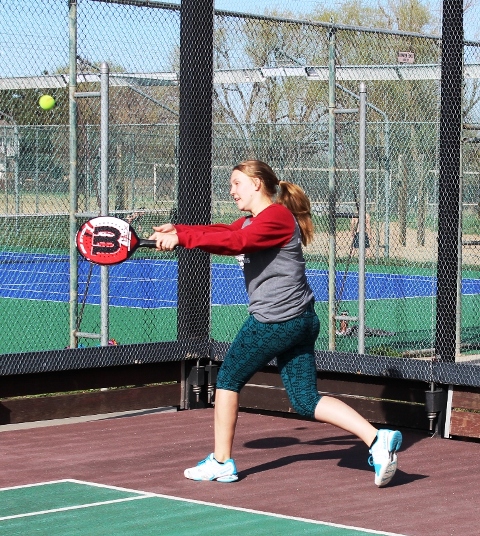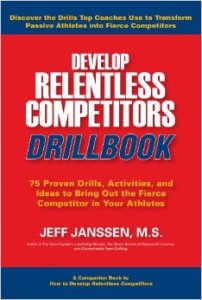With the summer season on the horizon it is time to focus on sports such as tennis, golf, beach volleyball, or summer platform tennis. Before we get into those sports we’ll digress briefly to talk a little “volleyball”.
Volleyball, Bicycle Riding, and Grilling
Last fall the USA women’s national volleyball team did what no other women’s team has done before. They won the World Championships with the coaching and practice philosophy, “the game teaches the game.”
John Kessel, Director of USA Volleyball Grassroots program, describes how the women’s team implemented this philosophy by talking about the process of learning to ride a bicycle.
Think about when you learned to ride a bike. You were put on the bike, given a push (and a prayer), and off you went.
- Did you have private or group bicycle riding lessons?
- Did your parents buy you special shoes, shorts, or other paraphernalia for riding your bicycle?
- Did you go to bicycle riding camp for two weeks in the summer?
- Did you do drills where you pedaled down the street with your left foot, then your right foot, then you alternated between feet on the way back?
- Did you do play in a bicycle league?
- Did you do team bonding exercises so you and your teammates could bicycle in a cooperative and friendly manner?
- Did you have a bicycling nutritionist?
- Did you have someone teach you about mental toughness when riding your bicycle to school?
NO! You got on the bike and you rode it. And when you fell, you got up, got back on the bike, you kept riding, and you got better.
The game teaches the game! The same holds true whether you are Women’s National Volleyball Team or local enthusiasts playing volleyball, riding your bike, playing golf, tennis beach volleyball, or summer platform tennis.

The Essentials of Grilling
This brings us to the topic of summer grilling.
If John Kessel was your (fill in the sport) coach, he wouldn’t have you drill and he wouldn’t have you play games that often – you would GRILL.
Games + Drills = Grills.
Grilling is the process of incorporating technique, tactics, mental toughness, and even nutrition into match-like practice activities. Components of successful grilling are listed below:
• When there is relevant or game-like training, there will be a greater transfer of skills from practice to competitive situations.
• Numerous research studies have shown that athletes have greater retention when grilling is purposeful, and favors “random practice” as opposed to “blocked practice”.
• Effective grills allow all players to be involved in meaningful ways, i.e. there is no standing around. By setting different expectations for each player it is possible to include different abilities in many grills.
• Players can develop short positive cues that will serve as technical or tactical reminders. For example, backcourt players may use the cue “lobs go in” as a reminder to hit every lob in the court.
• Keeping score provides players with an incentive to play their hardest on every point.
• Good grills are easy to understand and explain. They should be given a name so they don’t have to be explained every time.
• Grills may be constructed so that players will be pushed out of their comfort zone. Failing in a grill should be viewed as an opportunity to improve.
• Develop grills that end with a natural conclusion, such as when a player hits a shot out of bounds.
There are hundreds of drills. With a little creativity you can convert them to 12 to 15 grills to cover all aspects of your favorite sport. With a little ingenuity players can vary the scoring and rules for their grills to include everything from technique to mental toughness – all in a game-like situation.
Want to improve this summer – try grilling!

